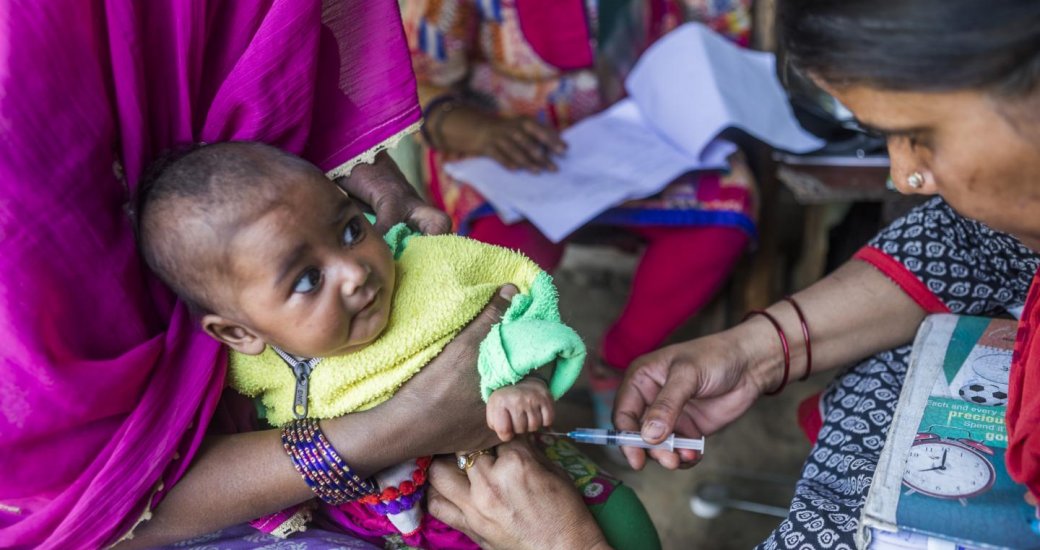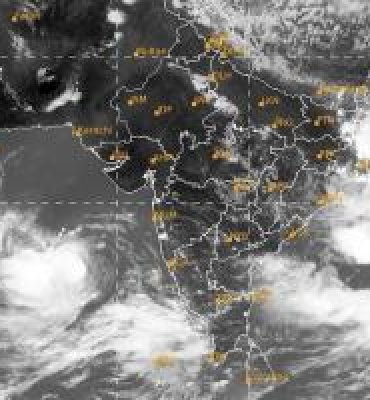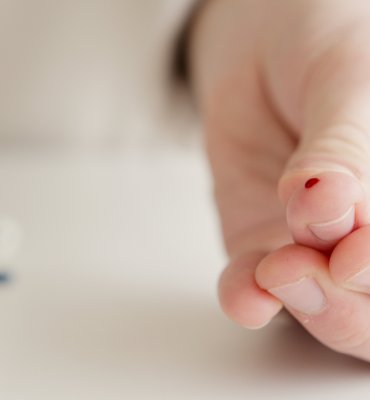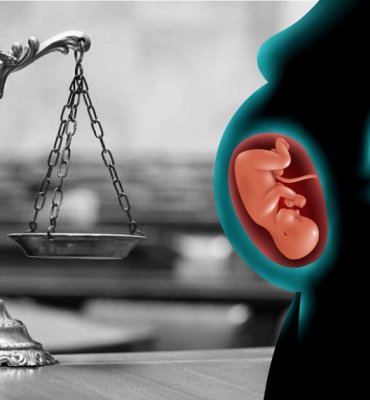
In a global flagship report, ‘The State of the World’s Children 2023: For Every Child, Vaccination, based on new data collected by The Vaccine Confidence Project* (London School of Hygiene and Tropical Medicine), UNICEF India has revealed that out of 55 countries that were studied.
The popular perception of the significance of childhood immunization has improved only in China, India, and Mexico.
After the pandemic, there was a decrease in vaccine confidence in more than one-third of the studied countries as a result of things like easy access to false information and declining trust in the effectiveness of vaccines.
The COVID-19 pandemic exacerbated the global decline in vaccine confidence by disrupting childhood vaccination almost everywhere, owing to high demand on health systems, the diversion of immunization resources to COVID-19 vaccination, health worker shortages, and stay-at-home measures.
Rising confidence in childhood vaccination in India reflects the government's political and social commitment to strengthening routine immunization systems. Despite an increase in the number of zero-dose (unreached or missed out) children to three million during the pandemic, India was able to reduce the number to 2.7 million, which can be attributed to the government's sustained evidence-based catch-up campaigns, including the Intensified Mission Indradhanush (IMI), continued provision of comprehensive primary health care services, a strong routine immunization program, and dedicated health workers.
According to new data from the International Centre for Equity in Health for the report, one in every five children in the poorest households is zero-dose, while only one in every twenty in the wealthiest households. It was discovered that unvaccinated children frequently live in rural areas or urban slums with mothers who are unable to attend school and have little say in family decisions. These challenges are greatest in low- and middle-income countries, where approximately one in every ten children in urban areas and one in every six in rural areas are zero doses. There is almost no difference between urban and rural children in upper-middle-income countries.










